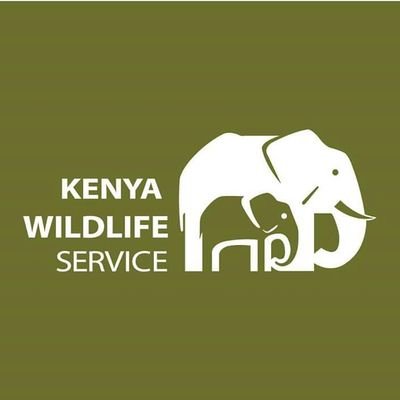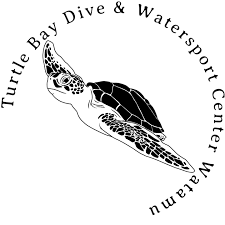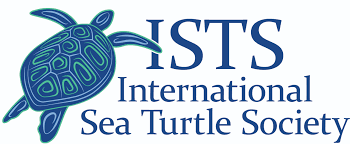Why is there need to monitor sea turtles?
Sea turtles, like the majority of marine animals, are endangered by being extinct, hence why more conservation measures are needed to protect them. We must be able to safeguard sea turtles and their environments by developing efficient conservation methods that will stop extinction. As a result, we must first generate a population baseline dataset in the relevant area in order to understand the current situation. We need accurate data to investigate the population structure, distribution, habitat use, and movement patterns of all sea turtle species in order to accomplish that.
The capacity to recognize individuals is frequently the starting point for ecological and conservation investigations. With correct population estimates in hand, we may apply statistical modeling to identify trends in turtle travel between reefs and residence. Thus, it enables us to compute inter-nesting periods and assess the stability of a local population, for example, by enabling us to determine the population and population structure of a reef at a given moment.
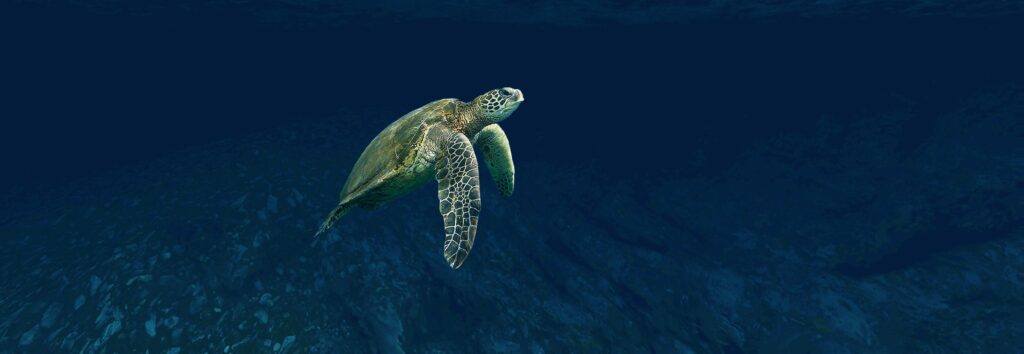
Why will under water monitoring be efficient?
The majority of a sea turtle’s life is spent at sea. They also travel across oceans, feed, and build their nests on the coasts of numerous nations. They are challenging to study because of all these characteristics and their nomadic lifestyle. Nevertheless, despite the fact that there are still many aspects of turtle behavior that we do not fully understand, research have shed light on routine behaviors, including feeding, courtship, mating, and nesting.
Because nesting beaches are more accessible than the open ocean, most sea turtle research and conservation initiatives take place there. Sea turtles depend heavily on nesting beaches to survive. But sea turtles live the most of their lives in the water. It is still unknown what they do, where they go, and what dangers they confront in the ocean. Since they spend the majority of their time in the ocean, monitoring them from there will provide us with more accuracy.
Why are the previous methods less effective?
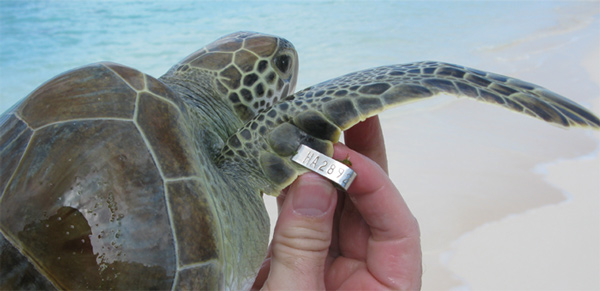
To track sea turtles, researchers have used time-honored “capture-mark-recapture” methods based on flipper or satellite tagging (PTT). The fact that the tag is directly connected to the turtle, unfortunately, makes tagging expensive and possibly stressful for the animal. Furthermore, tags are difficult to apply and hardly ever remain attached for a lifetime, which limits the quality and quantity of deployed tags as well as the participation of unqualified volunteers and citizen scientists.
However, photo-ID is a low-cost, non-intrusive method that makes it simple to monitor sea turtles without upsetting them. It is also a method of “tagging” animals that has been supported by science and research. It has been demonstrated that this technique, which compares the scales on a turtle’s face, is more reliable than tagging.

How will this be done?

Like a fingerprint, each sea turtle’s facial scales are distinct and don’t change over time. Photo-ID, which is used all over the world, is quickly becoming into an efficient tool for identifying specific turtles and long-term monitoring of the marine turtle population. Additionally, it is an excellent approach to include “citizen scientists,” or people of the general public with little to no formal scientific expertise.
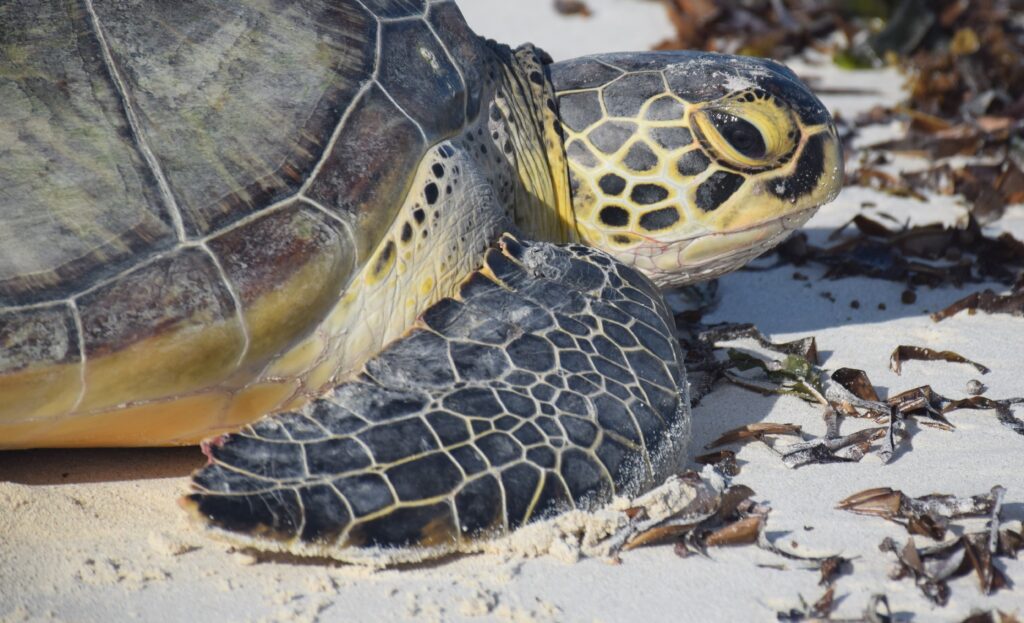
Mi Kasa, Su Kasa (My Turtle, Your Turtle)
This tale follows the humble journey of McDonald, who is part of our Sea Turtle PhotoID programme. From a determined spearfisherman turned passionate ocean conservationist, McDonald’s story explores his dive into despair to his rise into awareness of our precious underwater ecosystem and how one person’s impact can change a community.
Mi Kasa, Su Kasa is a narrative of hope. Hope in humanity’s ability to change, hope for the future of our oceans.
The video also shows Bahari Hai’s conservation model, partnering directly with fisher communities to bring about change.
Through collaboration with other projects in Kenya, we can achieve long-term aims of the project including the use of the data collected through the sea turtle photo-ID program to investigate the size, structure, residency, environmental, spatial and temporal trends of sea turtles in Kenya’s coastal habitats. Ultimately, as the program is extended to other marine protected areas in Kenya, it will allow the identification of sea turtle movements between sites within and outside Kenya’s coastal habitats and marine protected areas.
Our Partners
